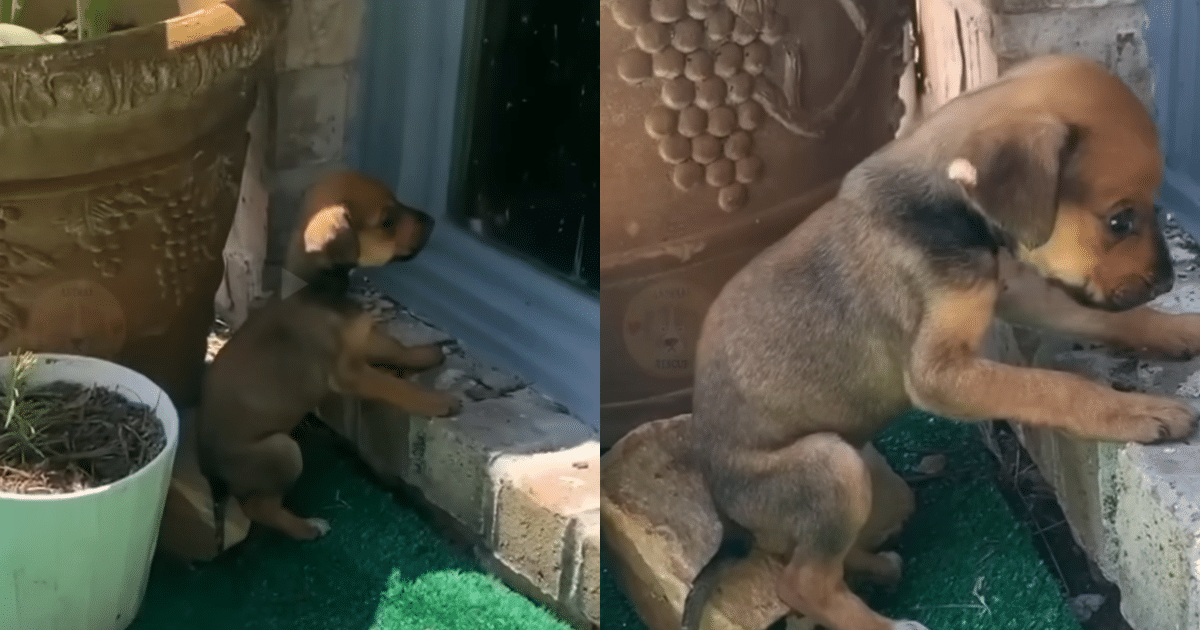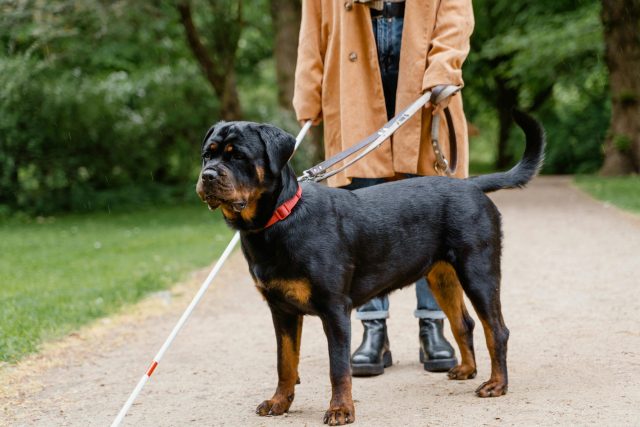In the animal kingdom, especially within the cosy confines of a home shared by dogs and cats, the lines around food territories can sometimes blur. While many dogs have their meals, the allure of the cat’s food bowl can prove irresistible to some. This behaviour isn’t just about hunger; it’s often driven by curiosity, taste preference, or simply the thrill of snatching what’s off-limits. Certain dog breeds, perhaps due to their size, disposition, or opportunistic eating habits, are more likely to be caught with their noses in the cat’s food dish. This article explores seven dog breeds most likely to partake in this culinary caper, shedding light on their motivations and offering tips to manage their mischievous dining habits.
1. Beagle
Beagles, with their keen sense of smell and innate curiosity, are top contenders for sneaking a bite of the cat’s food. Originally bred as scent hounds, Beagles are driven by their noses, which can lead them straight to the cat’s bowl. Their persistent and sometimes stubborn nature makes them adept at finding and accessing food, regardless of its intended recipient. Beagle owners may find it necessary to feed pets in separate rooms or elevate the cat’s food to a height beyond their reach to prevent these opportunistic eaters from indulging in the wrong meal.
2. Labrador Retriever
Labrador Retrievers are known for their friendly disposition and voracious appetite. They are not particularly fussy about their food sources, and the cat’s food, with its higher protein content, can be especially appealing. Labs are also highly intelligent and can quickly learn where the cat’s food is kept, making it a challenge to keep them away. Owners might need to employ creative solutions, such as using pet gates or feeding pets at different times, to ensure that each animal eats only its food.
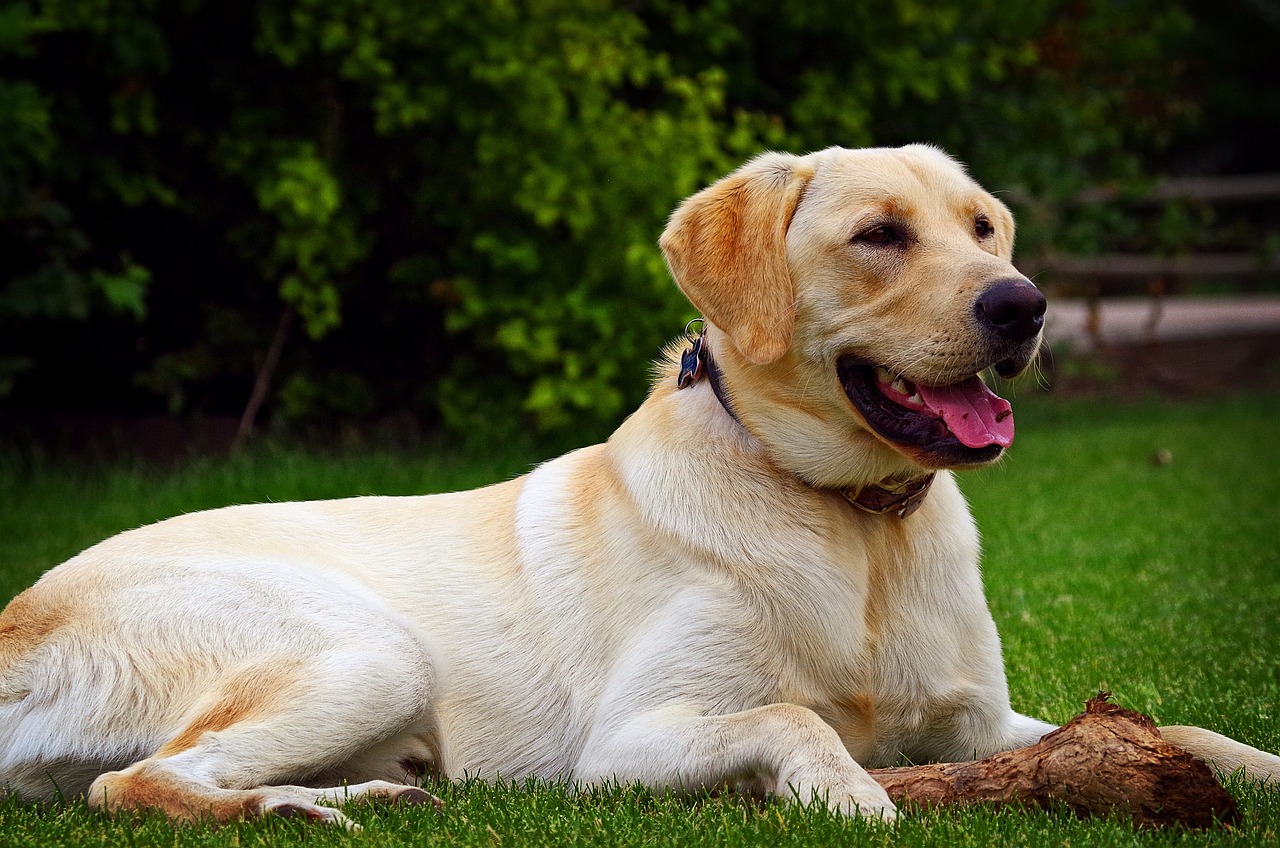
3. Golden Retriever
Similar to their Labrador cousins, Golden Retrievers are sociable, intelligent, and have a healthy appetite. They are gentle and unlikely to deliberately cause trouble, but their love for food can sometimes get the better of them, leading them to the cat’s bowl. Golden Retrievers’ friendly nature extends to their feline housemates, often leading them to the same areas where cats eat. Monitoring meal times and providing interactive feeding toys for Goldens can help redirect their attention and satisfy their appetite appropriately.
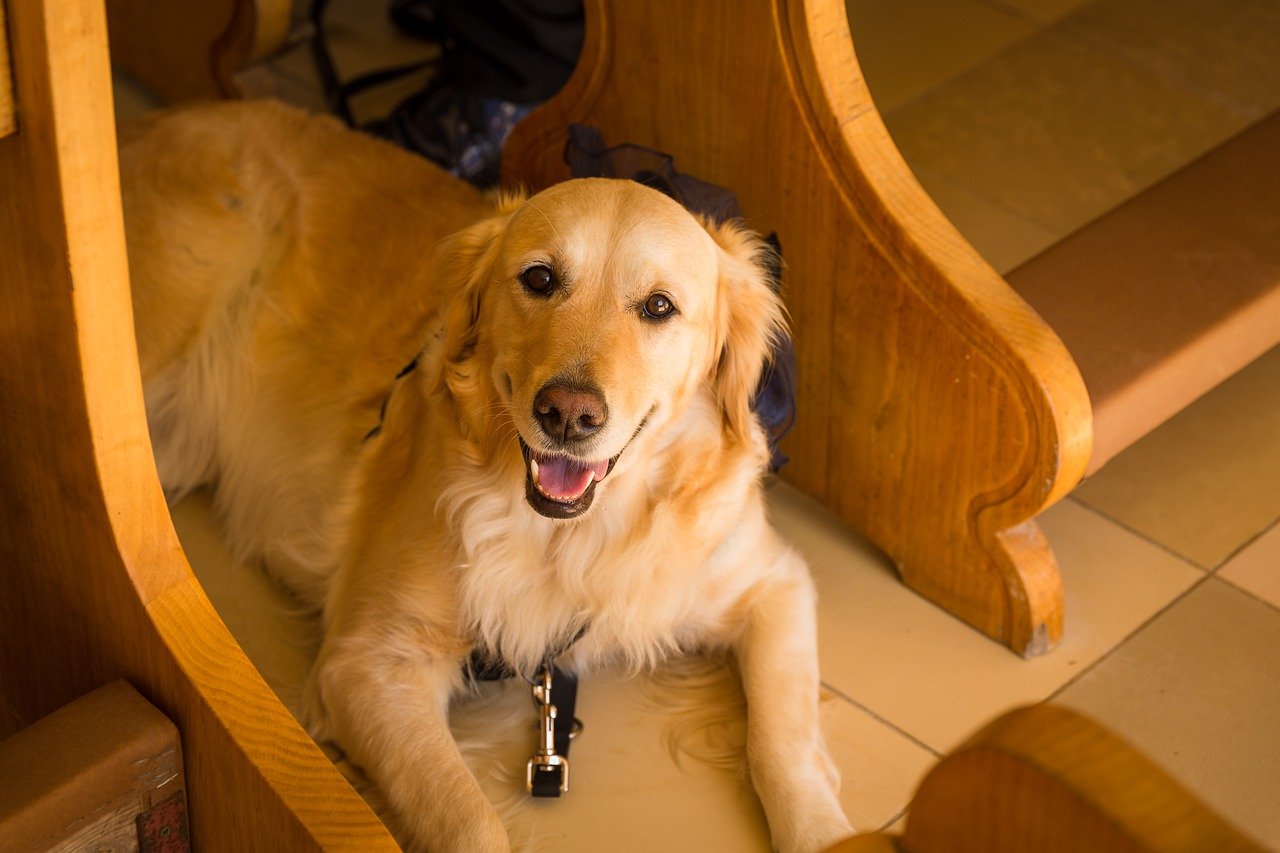
4. Dachshund
Dachshunds may be small, but their determination and boldness make them likely candidates for sneaking cat food. Their compact size allows them to navigate into spaces where cat food may be more accessible. Dachshunds also have a strong prey drive and are naturally curious, traits that can drive them to explore and taste whatever food they find. Keeping the cat’s feeding area elevated or using a baby gate can help prevent Dachshunds from indulging in a feline feast.

5. Boxer
Boxers are playful and energetic, with a mischievous streak that can sometimes lead them to the cat’s food dish. Their athletic build allows them to reach places that smaller dogs cannot, making it a challenge to keep cat food out of their reach. Boxers are also known for their strong bond with their family, including cat siblings, and may follow them to their feeding areas out of curiosity or companionship, only to find an irresistible snack. Strategies such as feeding pets in separate areas and ensuring the cat’s food is securely stored can help mitigate this issue.
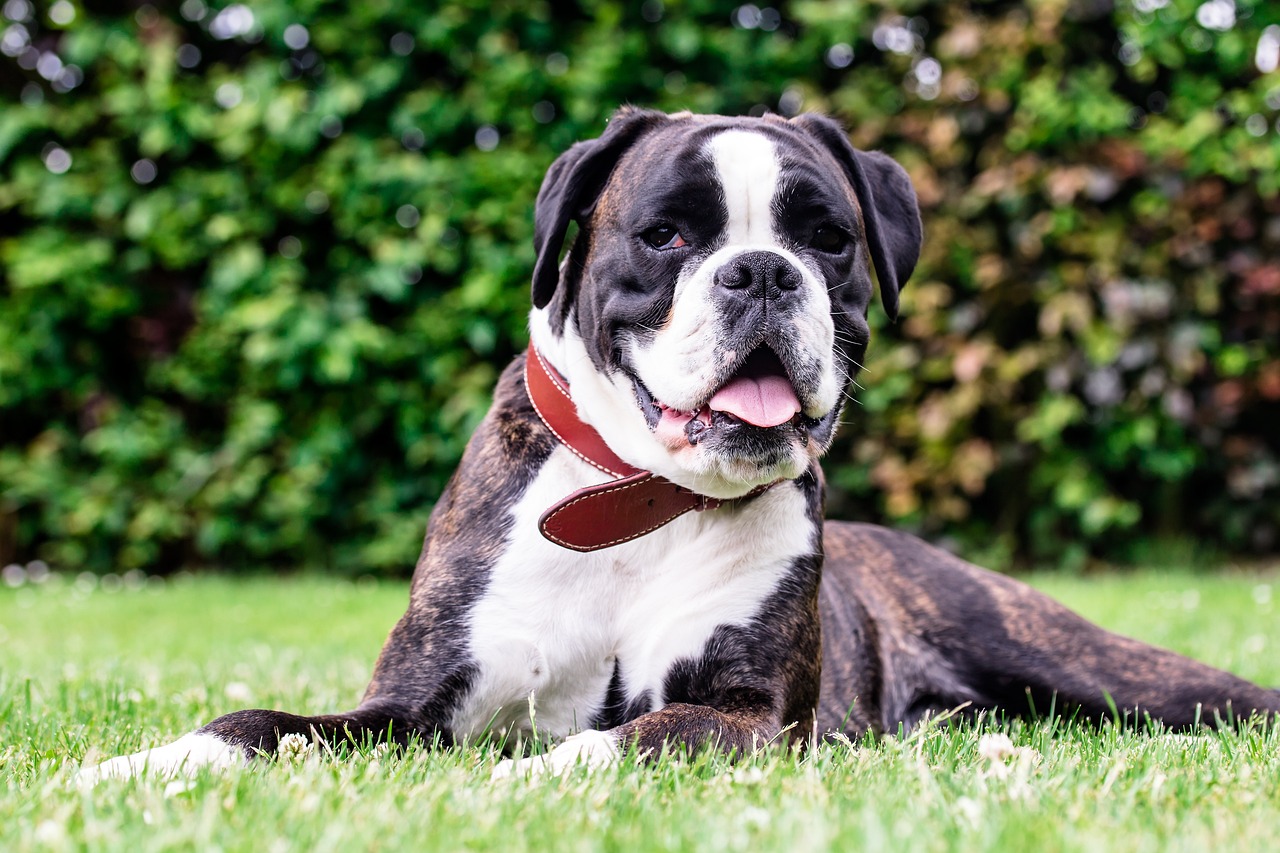
6. Bulldog
Bulldogs, with their laid-back personality, might not seem like the typical culprits for stealing cat food, but their opportunistic eating habits say otherwise. Bulldogs are not known for their pickiness when it comes to food, and the high-fat content in cat food can be particularly enticing. Their stubborn nature can also make it challenging to deter them once they’ve developed a taste for it. Using feeding puzzles for Bulldogs can help slow down their eating and keep them occupied, reducing their interest in the cat’s food.
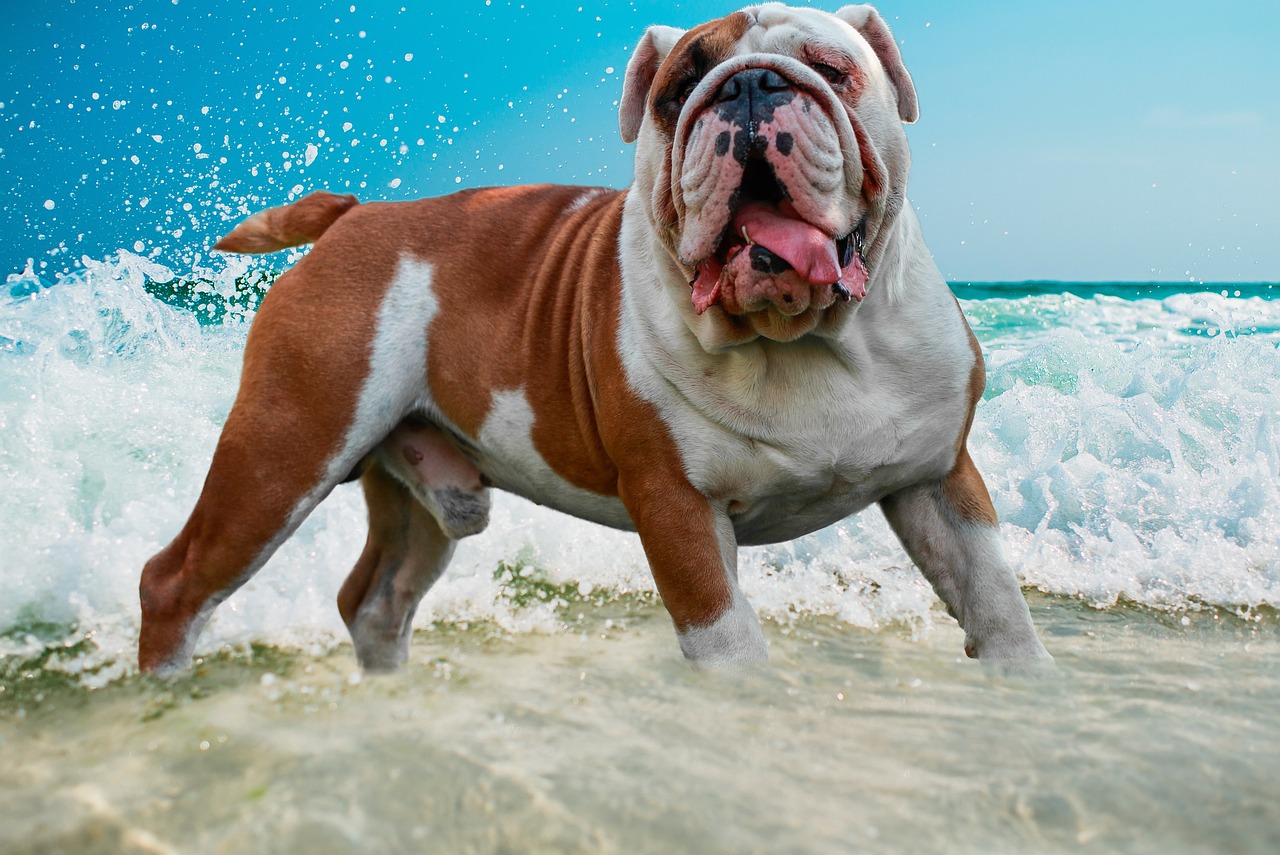
7. Jack Russell Terrier
Jack Russell Terriers are energetic and intelligent dogs with an insatiable curiosity that often leads them to explore and taste everything in their environment, including the cat’s food. Their small size and agile bodies make it easy for them to access areas where cat food may be kept. Jack Russells are also persistent, and once they discover a new food source, they are likely to return. Employing deterrents, such as automatic feeders for cats that are only open for the cat, can help prevent Jack Russell from feasting on the wrong food.
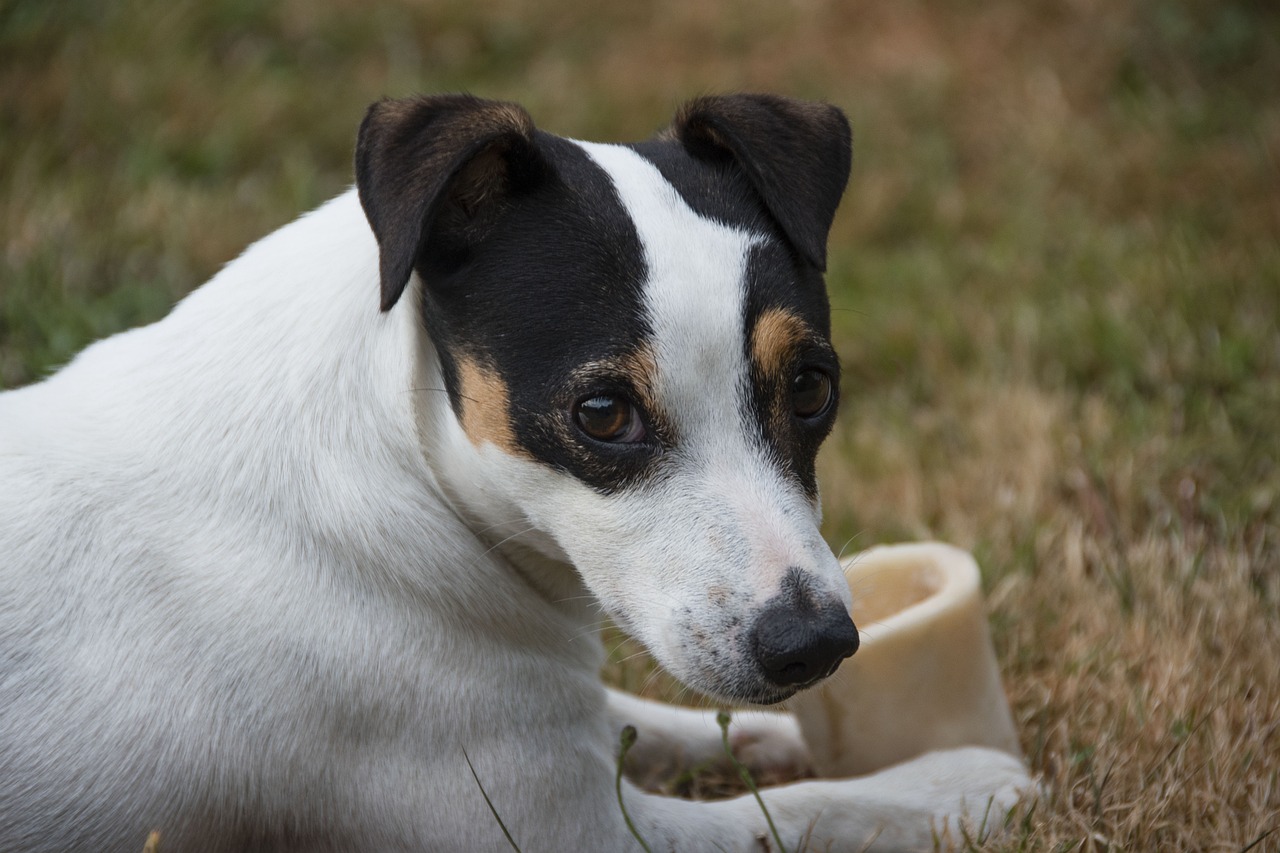
While many dogs may show interest in cat food, breeds like Beagles, Labrador Retrievers, Golden Retrievers, Dachshunds, Boxers, Bulldogs, and Jack Russell Terriers seem particularly inclined to cross the dietary divide. Their combination of curiosity, appetite, and intelligence makes them adept at finding and enjoying cat food, often leading to amusing but potentially unhealthy eating habits. To ensure the health and well-being of both dogs and cats, owners should take proactive steps to separate their feeding areas, secure the cat’s food, and provide suitable and engaging feeding solutions for their canine companions, keeping everyone happy and healthy in a multi-pet household.


